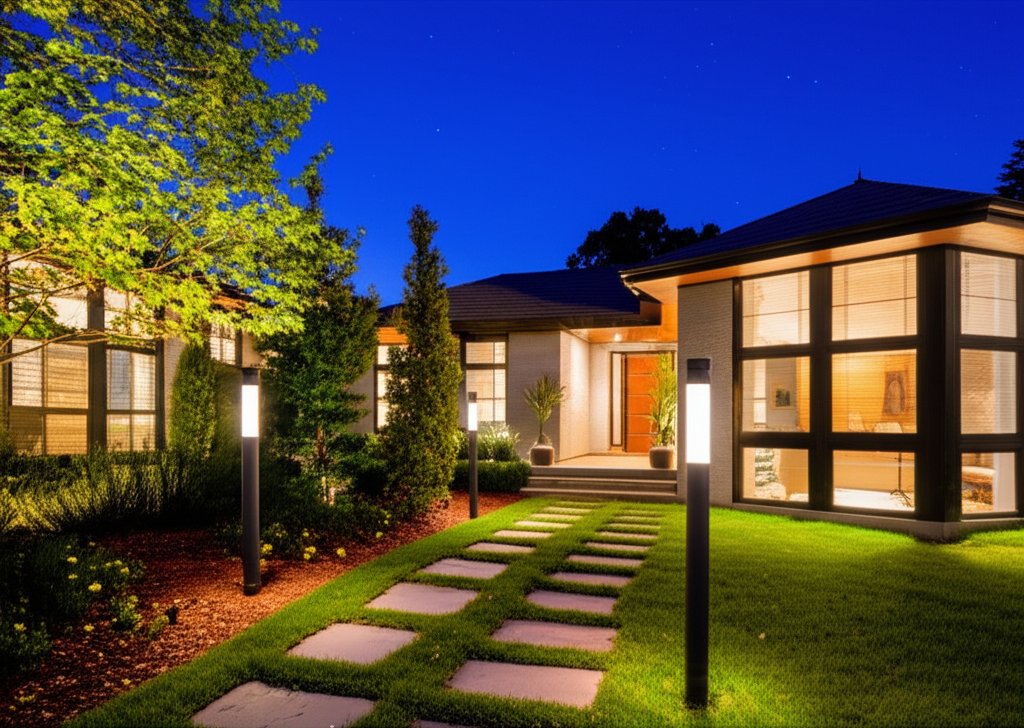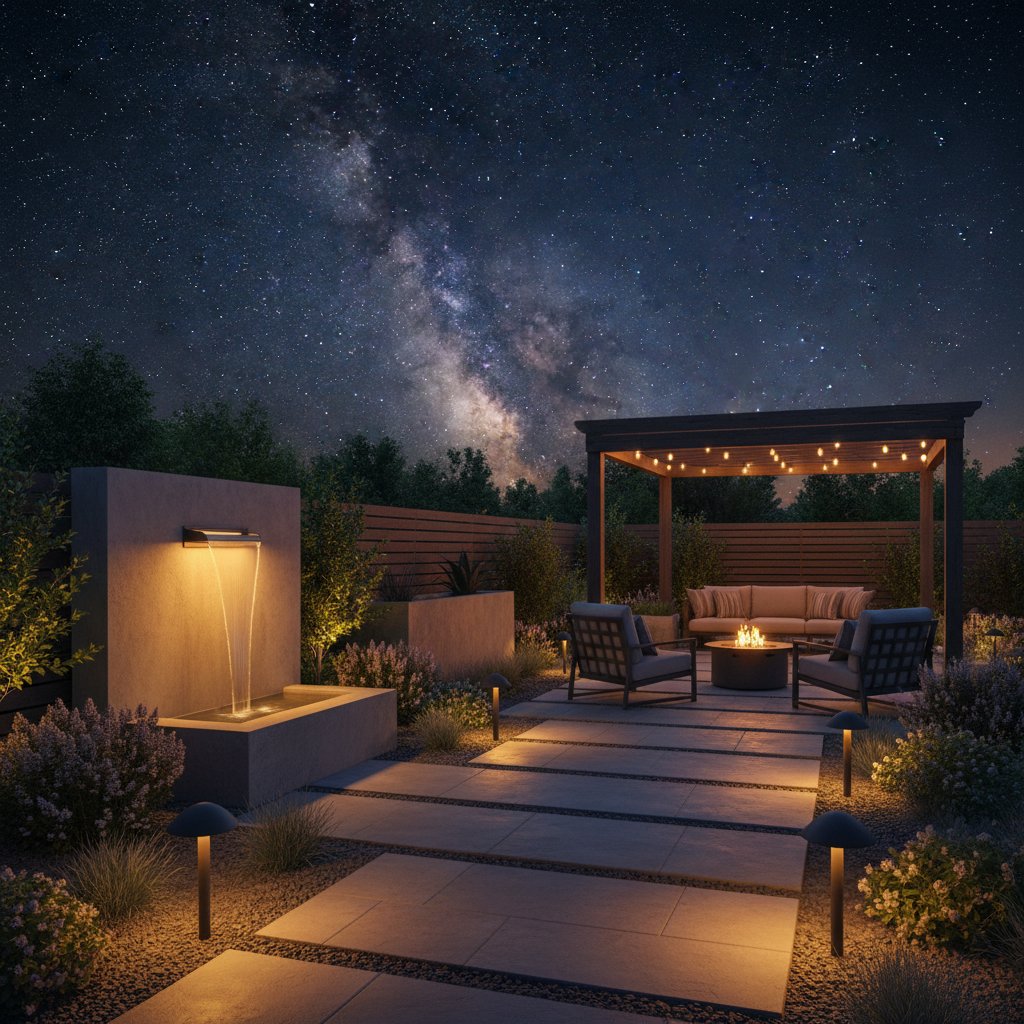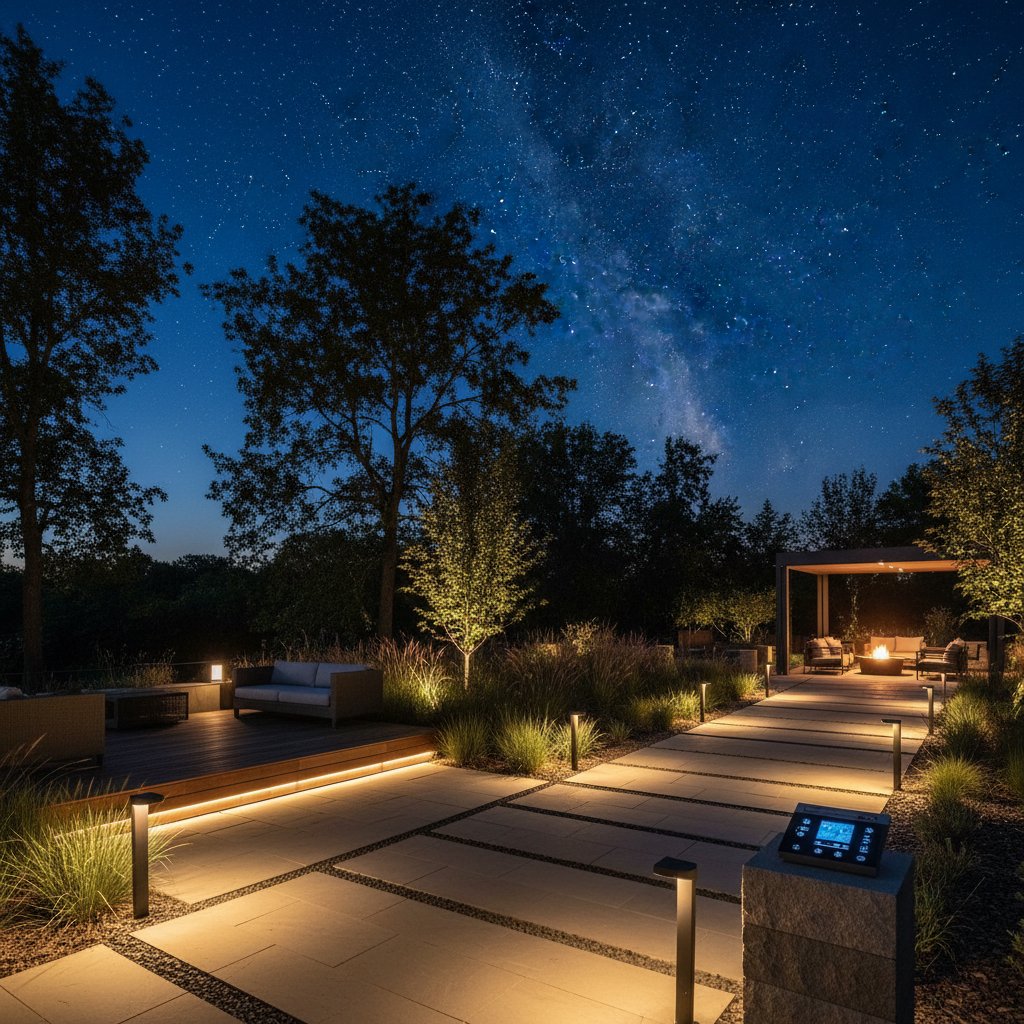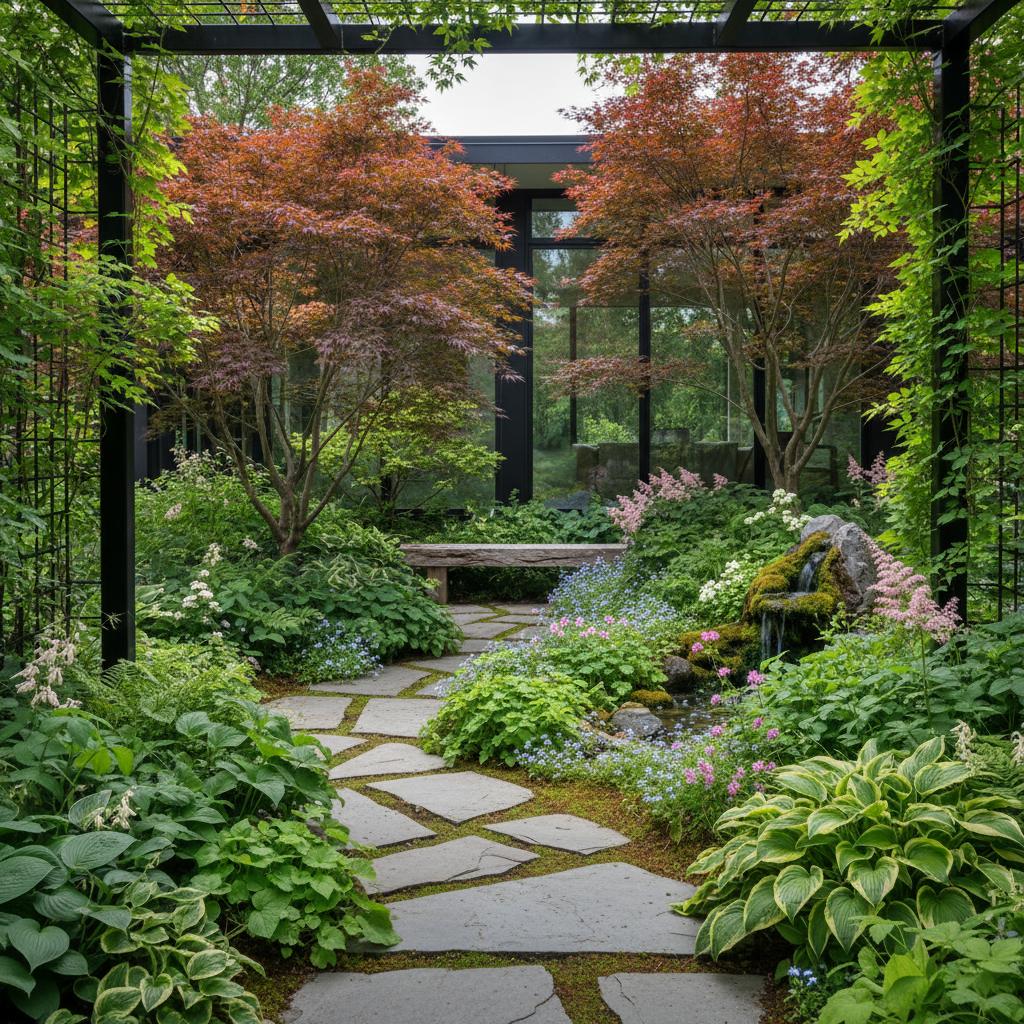How Dark Sky Principles Transform Outdoor Lighting
Step into your yard at night and observe if the lighting creates unease. Harsh glare from fixtures might obscure the stars, or spillover from a neighbor's floodlight could disrupt garden tranquility. These issues stem from light pollution, a widespread concern that Dark Sky principles address effectively. Communities increasingly adopt these guidelines to reshape evening atmospheres in outdoor spaces.
Dark Sky principles emphasize intelligent light use rather than elimination. Light serves its function without compromising the night's serenity. Proper application enhances home safety, fosters garden peace, and elevates nocturnal beauty.
Assessing Your Current Outdoor Lighting
Conduct a nighttime inspection of your property to identify lighting shortcomings. Note fixtures that appear excessively bright or poorly aimed. Determine if any produce glare upon direct view or leave certain areas in excessive shadow while overexposing others.
Follow these steps for a thorough evaluation:
- Examine upward and outward spill. Verify if lights remain visible from afar or project glow toward the sky.
- Evaluate color temperature. Standard outdoor bulbs often emit cold, bluish tones that appear clinical. Opt for warmer lighting at approximately 2700 Kelvin to achieve a relaxed, organic ambiance.
- Detect inefficient illumination. Fixtures that light unnecessary zones, like treetops or adjacent properties, require repositioning.
- Balance for safety. Ensure sufficient visibility on paths and entrances without overwhelming brightness that causes disorientation.
This evaluation highlights opportunities for improvement through repositioning, reduced intensity, or fixture upgrades. Such adjustments often yield noticeable enhancements in environmental harmony.
Planning a Dark Sky Compliant Design
After identifying issues, design a lighting scheme aligned with Dark Sky standards. The objective involves calibrating intensity and direction to specific needs, avoiding excess.
Select Full Cutoff Fixtures
Full cutoff fixtures channel light downward exclusively, eliminating skyward leakage. This approach darkens the overhead view and minimizes glare for residents and neighbors alike. Contemporary options integrate seamlessly into landscapes with elegant, unobtrusive profiles.
Apply Appropriate Light Levels
Higher intensity does not equate to superior performance. In typical home settings, bulbs with moderate lumens suffice for secure navigation while promoting gentle atmospheres. Employ multiple low-level sources to distribute light evenly, surpassing the effect of singular high-powered units.
Manage Light Activation and Scope
Incorporate motion detectors and timers to limit exposure. Pathway lights that trigger upon approach conserve power and uphold darkness during idle periods. Automated schedules deactivate decorative elements at designated hours, such as midnight.
Prioritize Warm-Toned Illumination
Warm lighting interferes less with human and animal sleep cycles. It generates a comforting hue that renders outdoor areas hospitable instead of impersonal. Choose bulbs designated as warm white, steering clear of daylight or cool white variants.
These strategies facilitate a deliberate lighting arrangement that promotes equilibrium and purpose.
Environmental and Personal Advantages
Adhering to Dark Sky principles benefits your property while advancing ecological health. Impacts reach beyond immediate boundaries to foster broader positive change.
Preserve Natural Darkness Cycles
Wildlife relies on unlit nights for foraging, navigation, and repose. Artificial excess alters these essential routines. Directed lighting restores equilibrium, enabling species to flourish undisturbed.
Achieve Energy Savings and Cost Reductions
Eliminating surplus light lowers energy consumption and expenses. Efficient LEDs, moderated outputs, and sensors frequently result in substantial utility bill decreases. This method supports sustainability alongside financial prudence.
Amplify Visual Charm
Strategic lighting accentuates garden contours, foliage, and structures through nuanced shadows and accents. Replace uniform harshness with dynamic, engaging compositions that guide attention organically. Reemerging stars impart a serene, enduring elegance to evenings.
Foster Neighborhood Harmony
Areas embracing Dark Sky guidelines experience greater unity. Diminished spillover and intrusions reduce disputes, cultivating mutual regard for celestial views. Such collaboration strengthens communal environmental stewardship.
Implementing Changes Gradually
Initiate modifications incrementally rather than overhauling everything simultaneously. Target the most problematic element first, like an intrusive entry light or intense parking fixture.
- Upgrade bulbs to energy-efficient, warm white LEDs with reduced wattage.
- Reposition fixtures to direct beams downward, away from horizons.
- Install automation such as timers or sensors for selective operation.
- Test configurations to pinpoint essential coverage areas.
- Monitor outcomes over one to two weeks, then adjust for optimization.
Progressive refinements cultivate a cohesive outdoor setting. These efforts enhance not only visual appeal but also the overall experience of garden occupancy.
Harmonizing Gardens with Night Skies
Balanced lighting and darkness invigorate nighttime gardens. Subtle path edging, tree trunk highlighting, and unobscured heavens combine for profound tranquility. Harsh lights' absence invites extended outdoor sojourns amid returning natural sounds.
Dark Sky approaches underscore darkness's value as a canvas for contemplation and renewal. Visible constellations integrate into daily routines, affirming light's optimal role through restraint and intent. This philosophy crafts inviting landscapes, equilibrated ecosystems, and enriched evenings. Your yard evolves into a restorative haven where human and natural elements prosper in unison.



